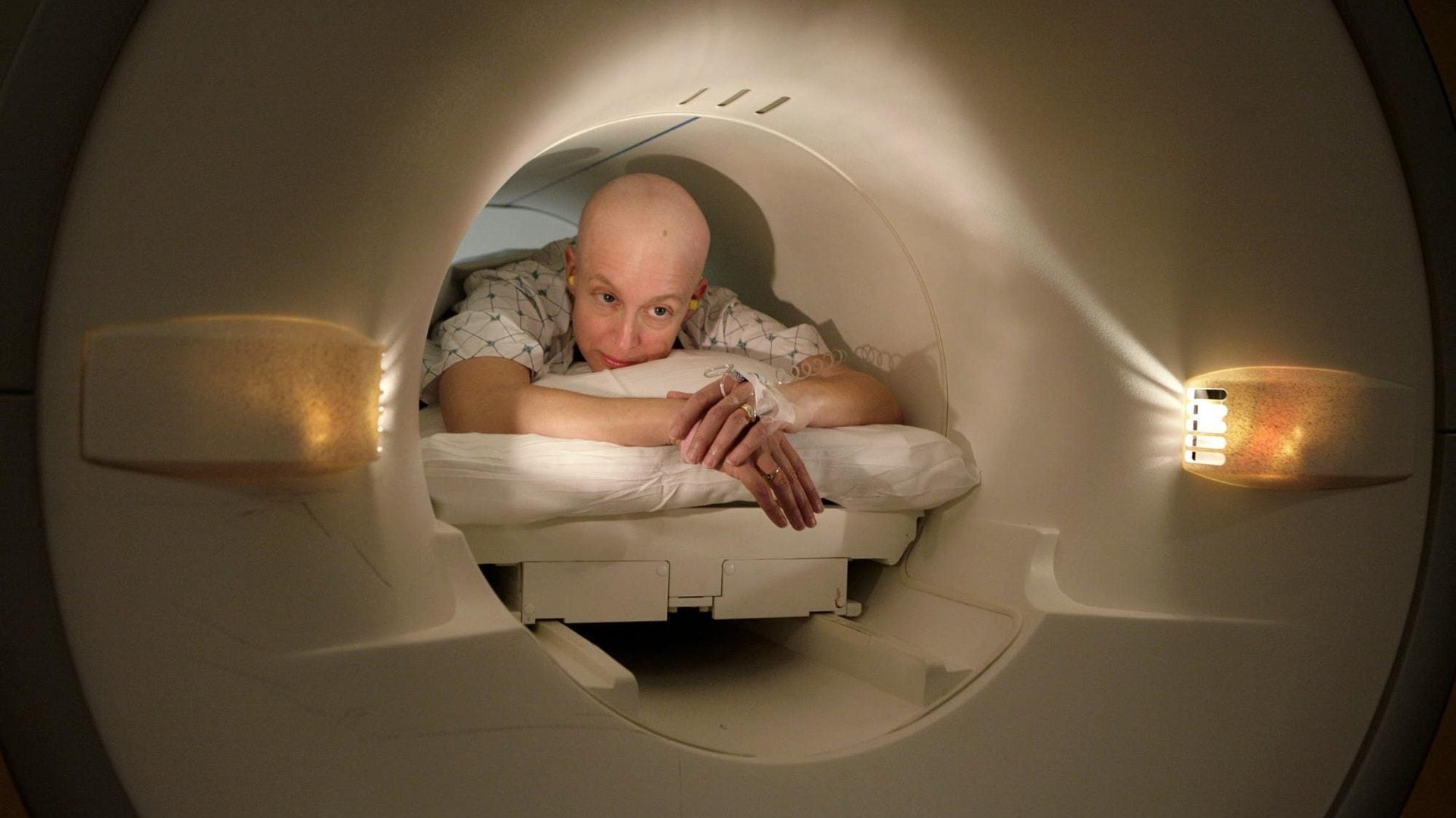High-resolution, MRI-like imagery without the metal coffin and the crushing claustrophobia
Current technology used to image a person’s brain, or knee, or that kink you’ve had in your shoulder for five years now, requires a multi-million-dollar, room-sized behemoth of a machine, an absence of fear of tight spaces, and a near infinite amount of patience. Magnetic resonance imaging (MRI) machines are loud, claustrophobic, and prohibitively expensive, both to buy and to operate.


Current technology used to image a person’s brain, or knee, or that kink you’ve had in your shoulder for five years now, requires a multi-million-dollar, room-sized behemoth of a machine, an absence of fear of tight spaces, and a near infinite amount of patience. Magnetic resonance imaging (MRI) machines are loud, claustrophobic, and prohibitively expensive, both to buy and to operate.
Mary Lou Jepsen, the former head of Google X’s display division and Facebook’s Oculus, thinks she has the answer. Jepsen recently left Oculus to start a new company, Openwater, which is developing a machine that users will be able to wear on their body, as a skullcap to image the head, or a shirt to image the torso, and her wearable MRI will produce images equal or better to the traditional MRIs in use now, and at a fraction of the cost—using holograms.
Other imaging techniques like X-rays and PET scans rely on sending particles (or photons) of light through the body. Then, on the other side, the photons are caught with digital sensors or specialized film, creating the image. Openwater’s device, a stocking cap lined with specialized LCD screens and sensors, will bombard subjects’ heads with near-infrared light—already known to be useful in imaging. It will then measure the scatter of the light waves as they pass through and bounce off of a body’s inner workings and structures, creating a hologram.
Think of a rock in the middle of a shallow, circular pool with dozens of children splashing around the ring of the pool, creating ripples. Sensors in the pool measure how those ripples bounce, fragment, and scatter as they roll over the rock. By analyzing the patterns of how the ripples break and scatter against the rock, one could reconstruct what the rock looked like. That’s what Openwater wants to do but with near infrared light instead of water, and instead of imaging a rock, it’ll be imaging our bodies and our brains.
Earlier this month, at Applysci’s Wearable Tech Conference in Boston, Jepsen promised her technology would one day reach imaging resolution many times finer than today’s most powerful MRIs, and in an infinitely cheaper wearable format. It would also alleviate the claustrophobia many associate with MRIs; patients in an MRI machine have to stay very still inside what feels to many like a clicking, metal, coffin, or ruin the image.
MRIs have been a major boon to science despite those limitations, with applications in all sorts of medical settings, and, thanks to their powerful neuroimaging, helping us achieve a kind of telepathy. But with higher resolution and a portable, wearable, imaging format, it’s possible that one day we will be able to read thoughts in real-time.
No launch date has been set yet, but Jepsen says that since the tech is LCD based, it will “leverage the existing trillion-dollar factory infrastructure that makes the sub-components in smartphones.” In other words, when the device is proven lab-ready, Openwater should be able to get it to market quickly. For anyone with acute claustrophobia, without insurance, or living in a part of the world where medical facilities lack the resources to purchase and house MRI behemoths, a replacement tech can’t come fast enough.